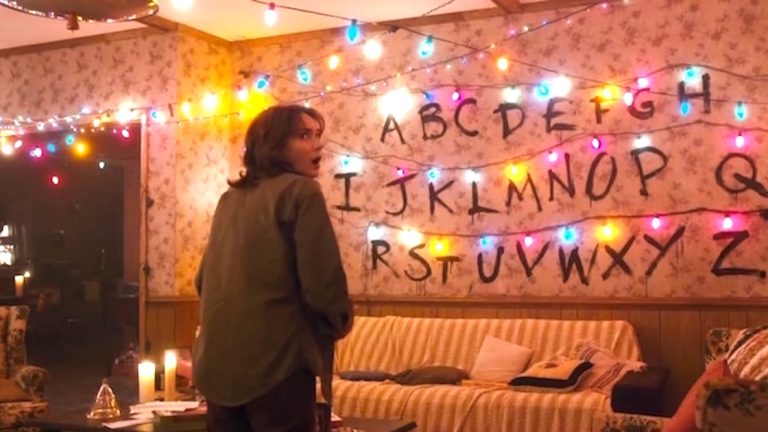Even virtual reality's biggest boosters may hesitate at the idea of spending nearly $1,500 for the Meta Quest Pro without trying it first. Fortunately, a retail partnership means that people can try the upcoming Quest Pro at select Best Buy locations during weekend demos.
After checking out one of those demos, though, we came away largely unimpressed with our first experience. Even if the Quest Pro's new features end up justifying its massive price (and more time with a retail unit later this week should help answer that question fully), our retail demo did not put Meta's best foot forward.
Where do I go?
Upon entering Best Buy in Columbia, Maryland, on Sunday, I didn't find any signage suggesting that there was any special VR demo going on inside the store. Instead, I had to search the aisles until I found a lonely Quest display in an unloved back corner of the store, complete with a Quest 2 and Quest Pro under glass. Nearby, a demo staffer leaned on a counter playing with his phone next to a demo unit in a charging stand. When I approached, he said I was the first person all weekend who had expressed any interest in a demo (though one more came to see what it was about while I was in the headset).
There was no special room or specific area set aside for the Quest demo at the store. Instead, the demo staffer awkwardly guided me to a small section of bare carpet where I stood unceremoniously between a tower of retail shelving and a pile of boxed 4K TVs. When shoppers and workers ended up crossing through that area during my setup, I got redirected to another section of carpet even further toward the corner of the store. There, I had to set up my own virtual "guardian" to mark the safe operating space and highlight walls and other obstructions for various "augmented reality" experiences.

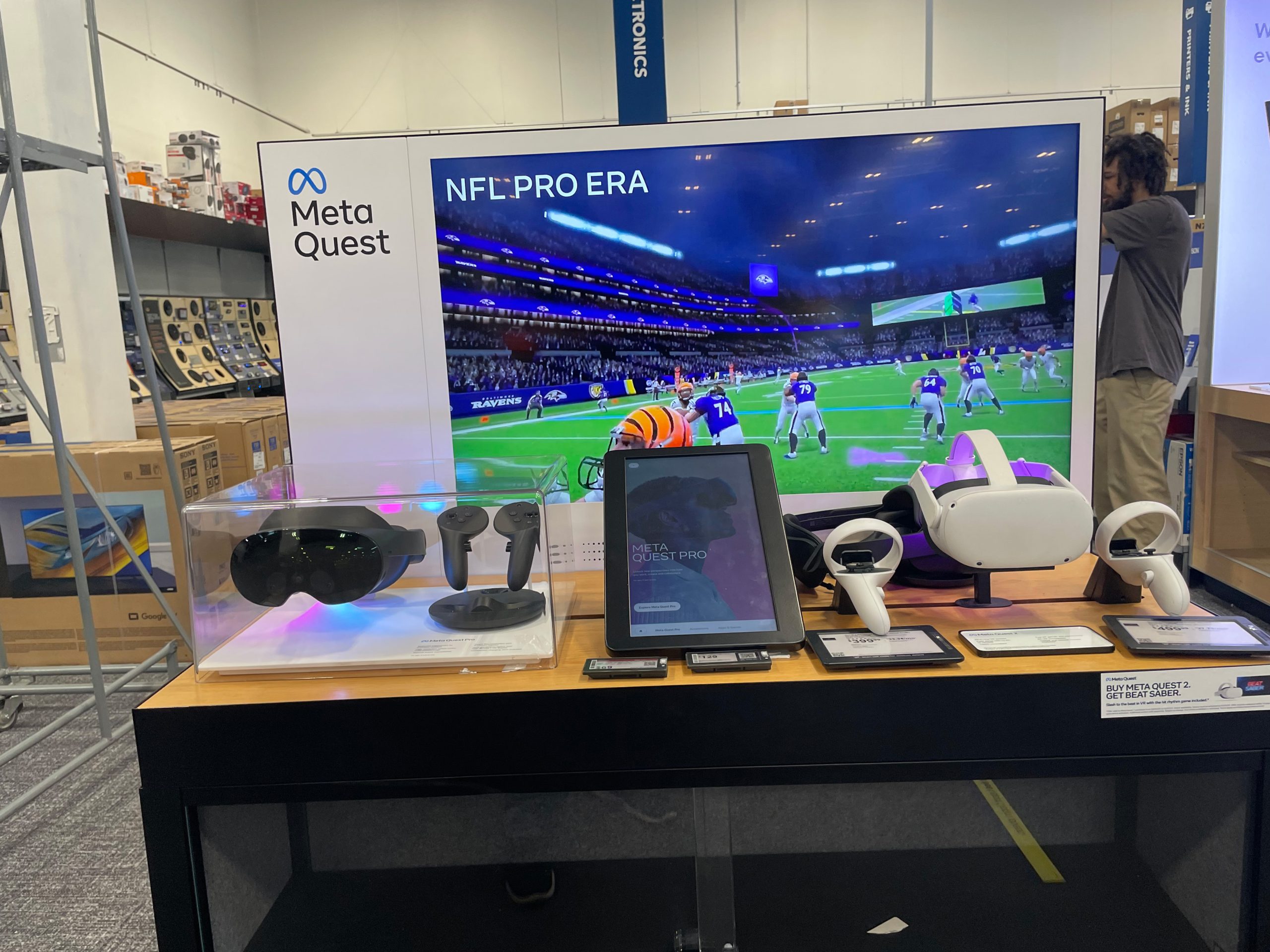
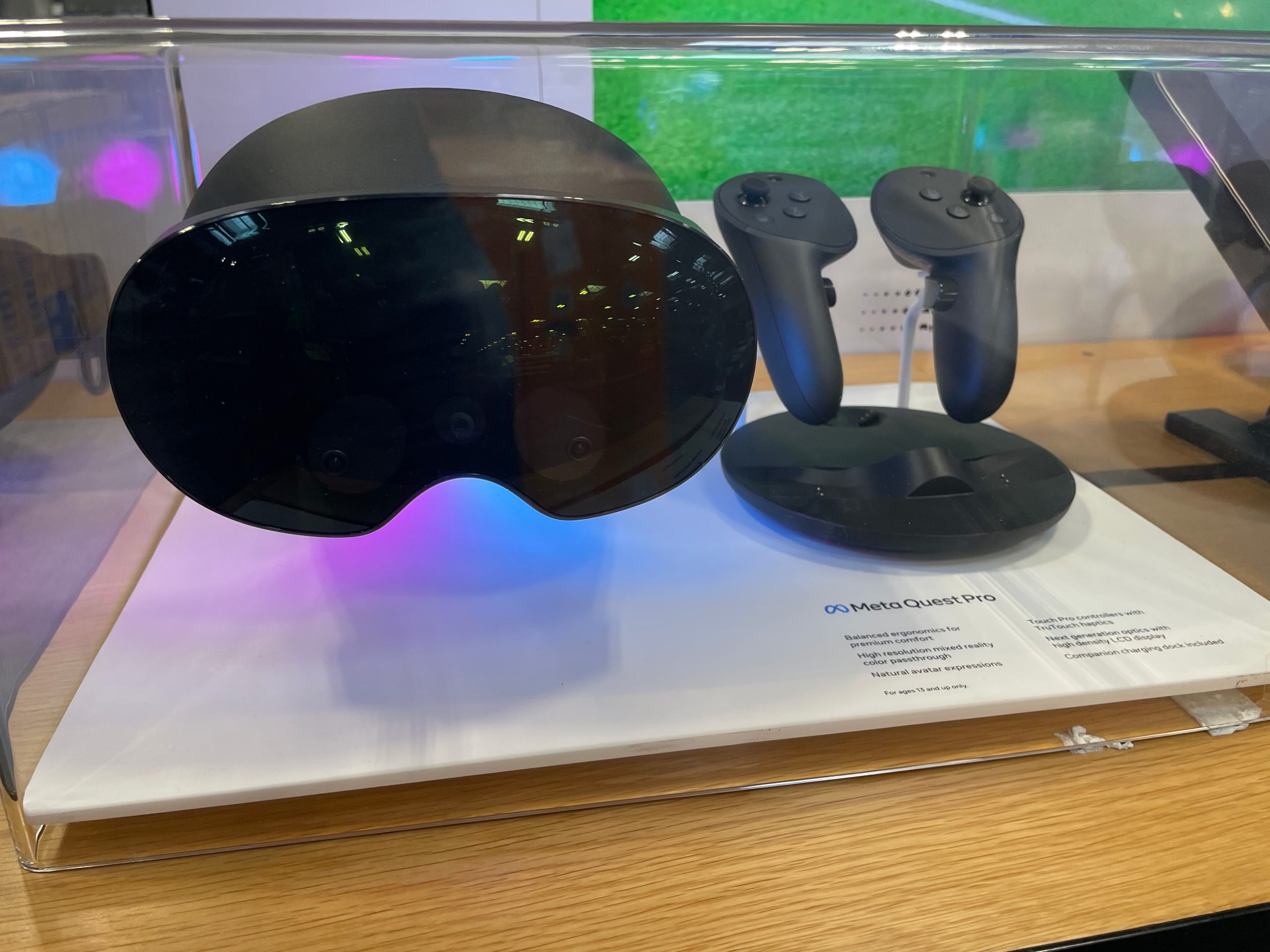
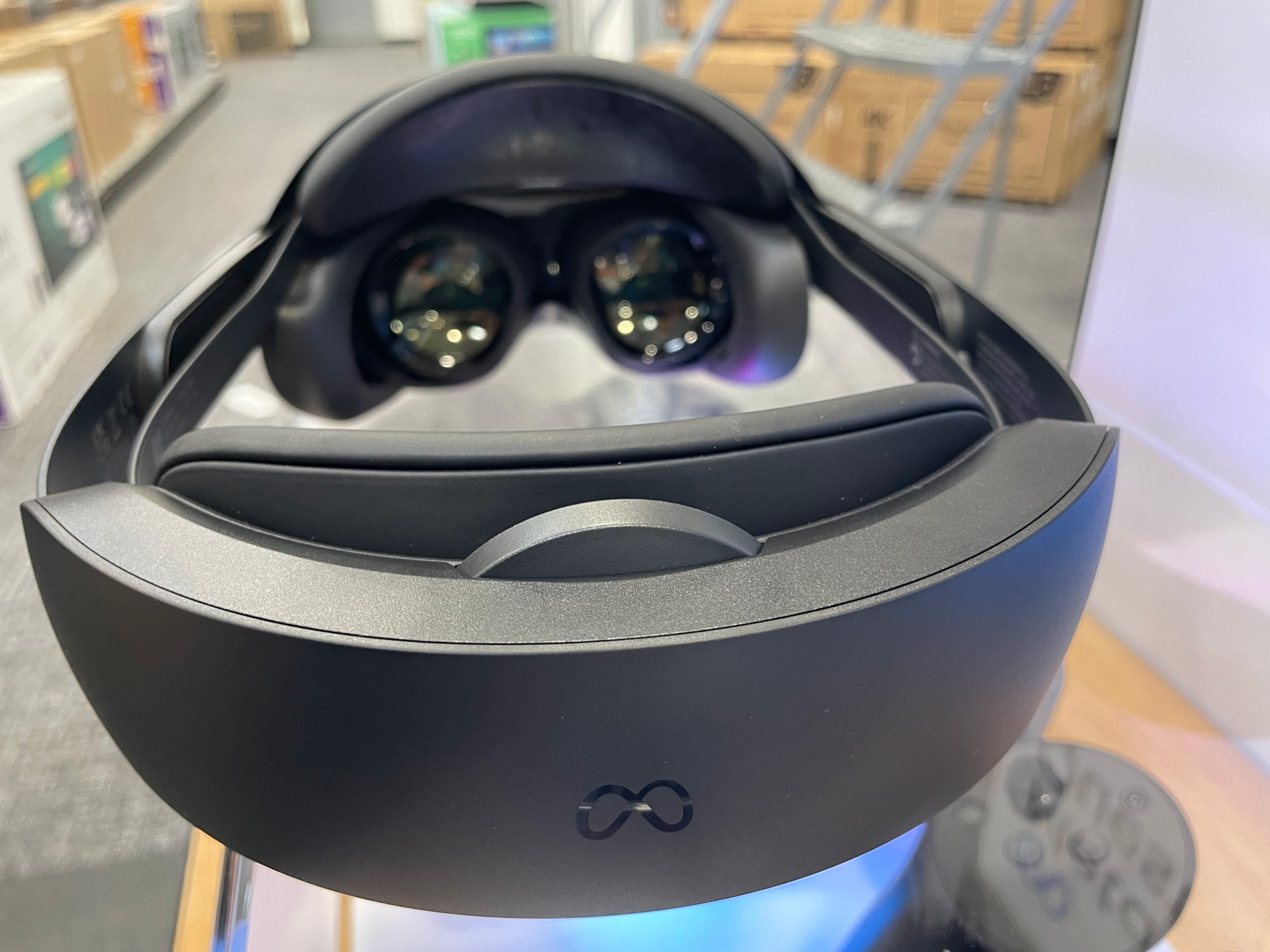
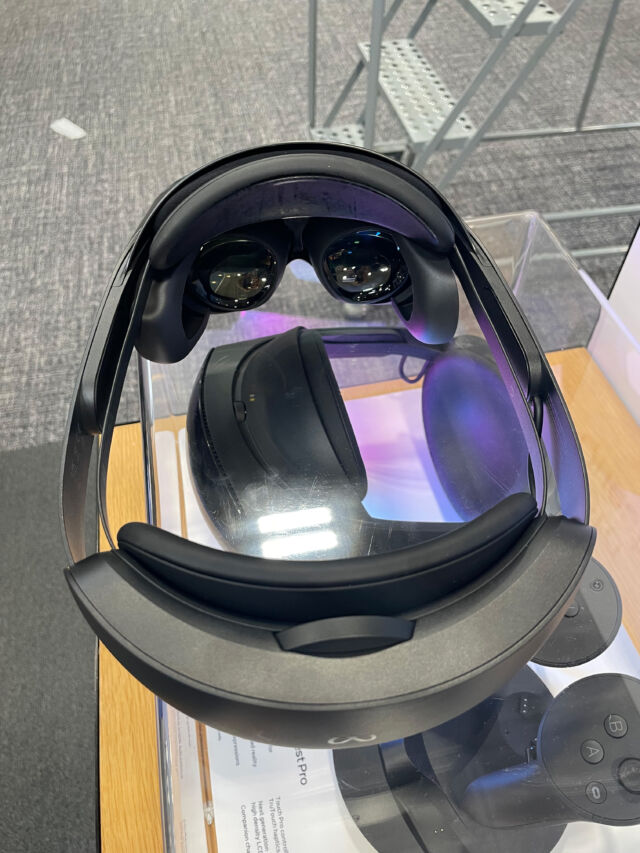
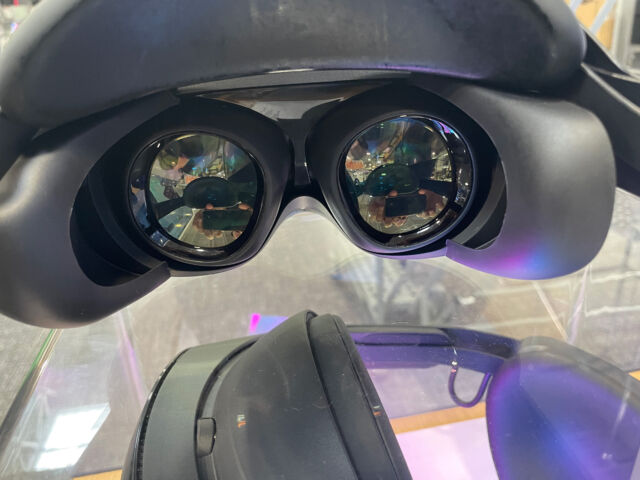

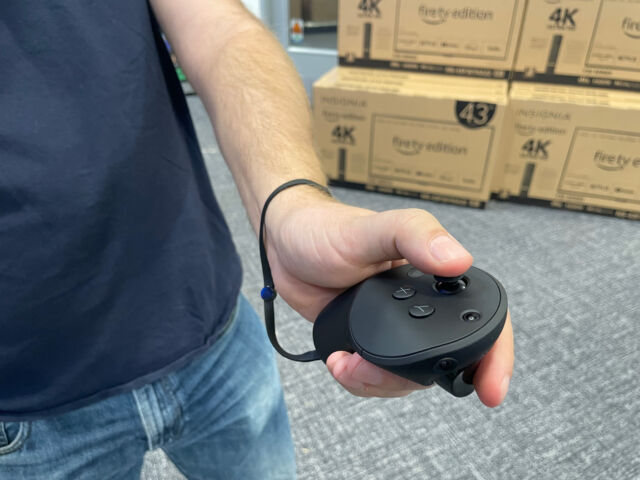
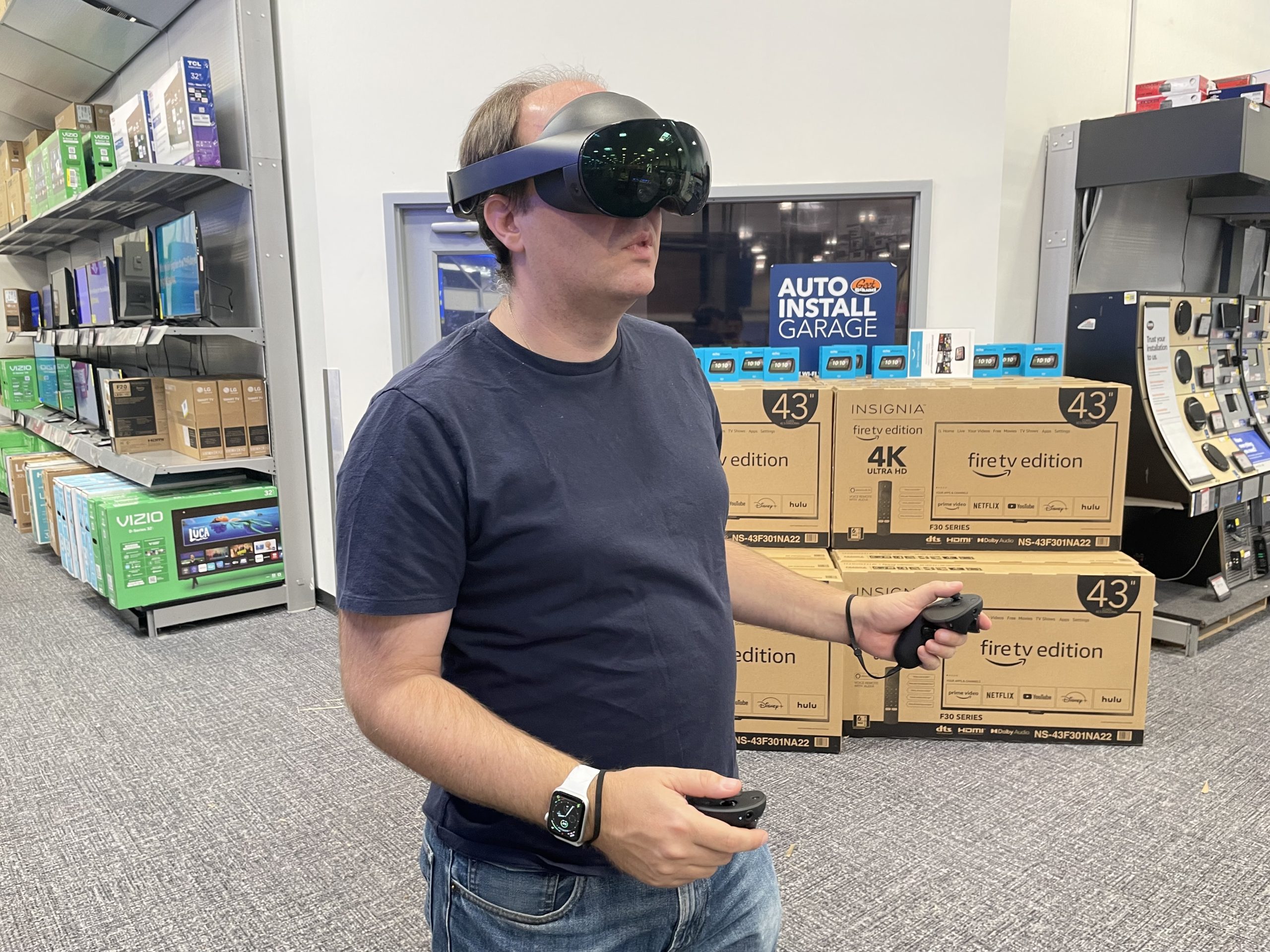


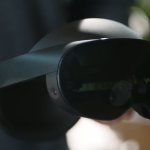

 Loading comments...
Loading comments...
